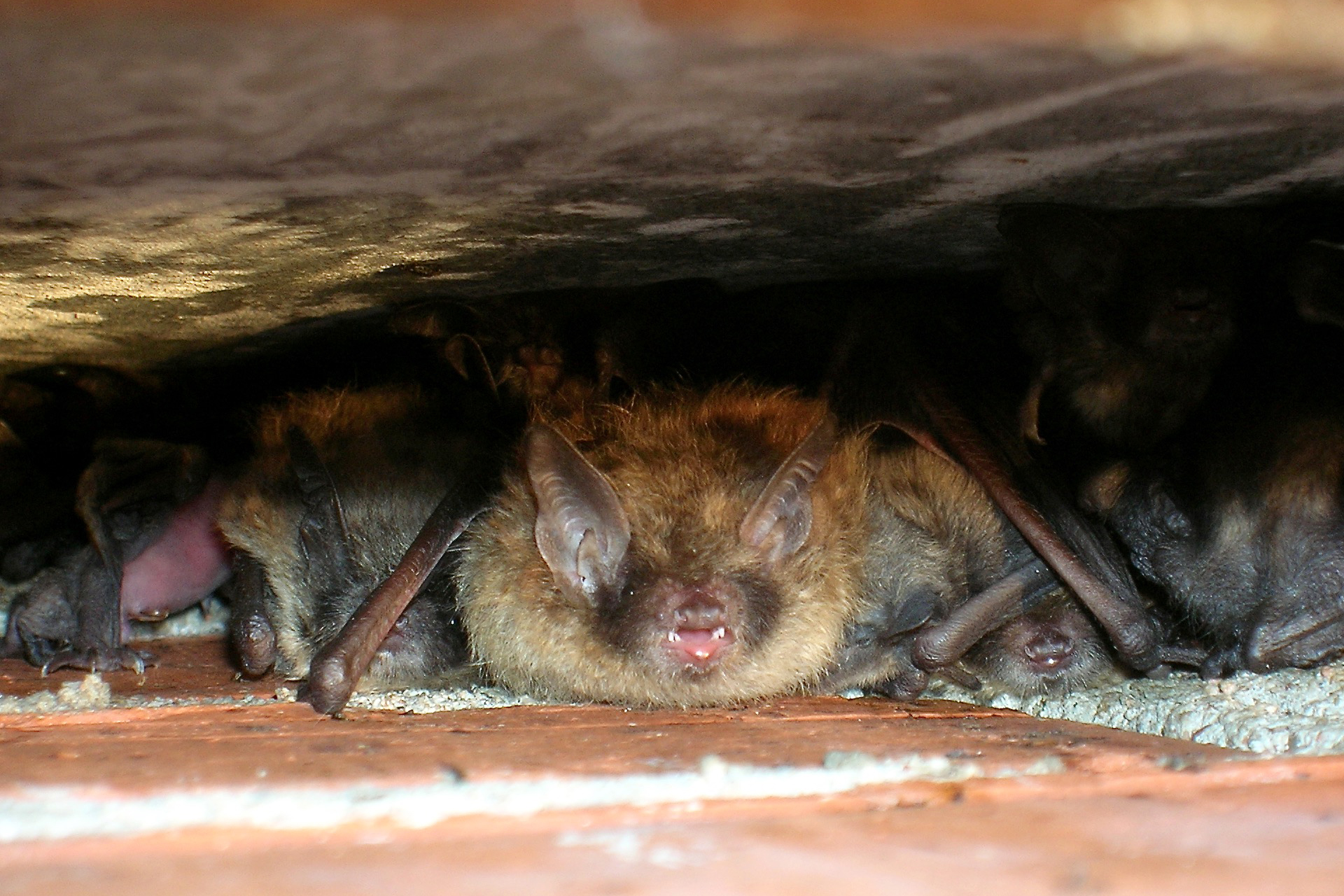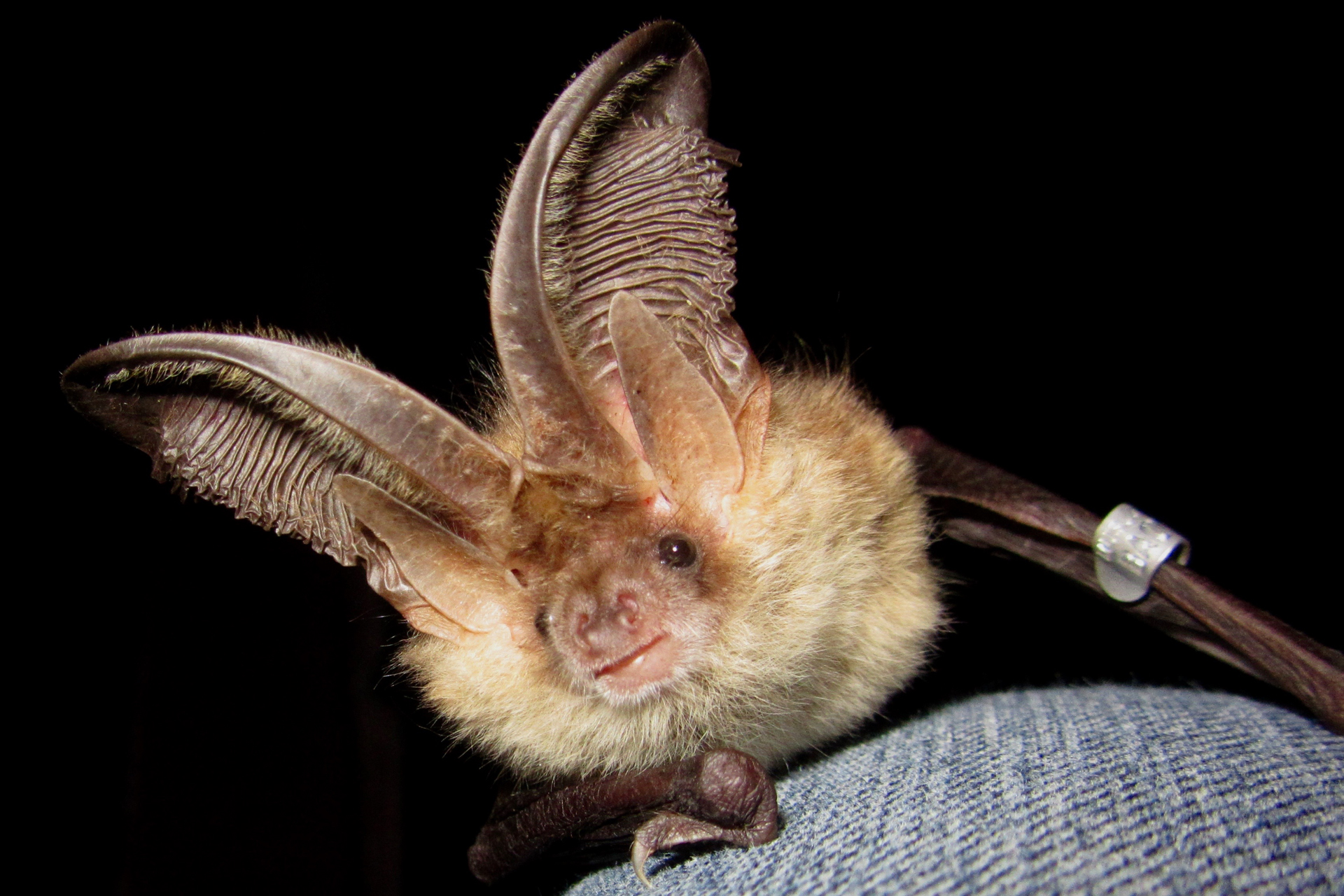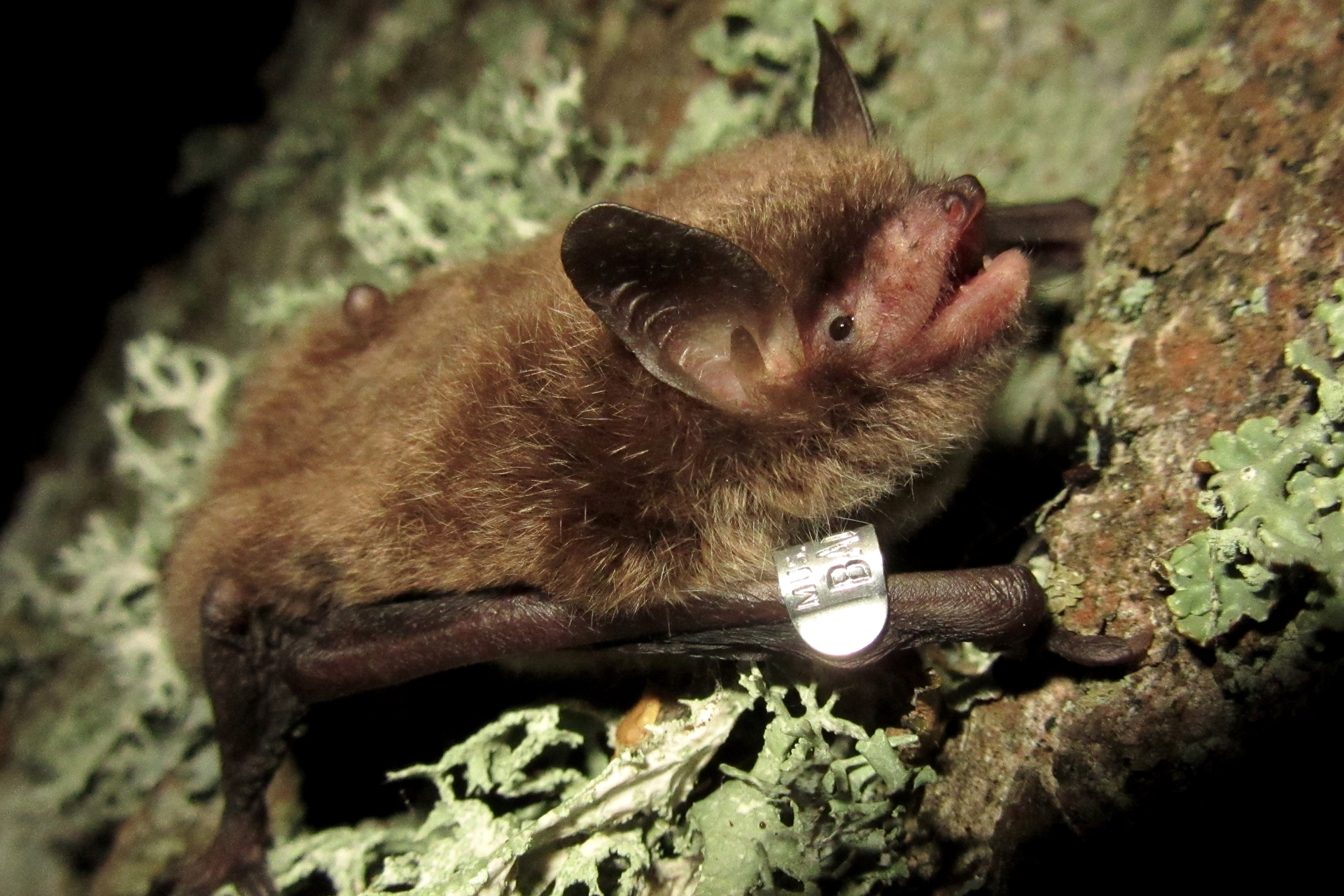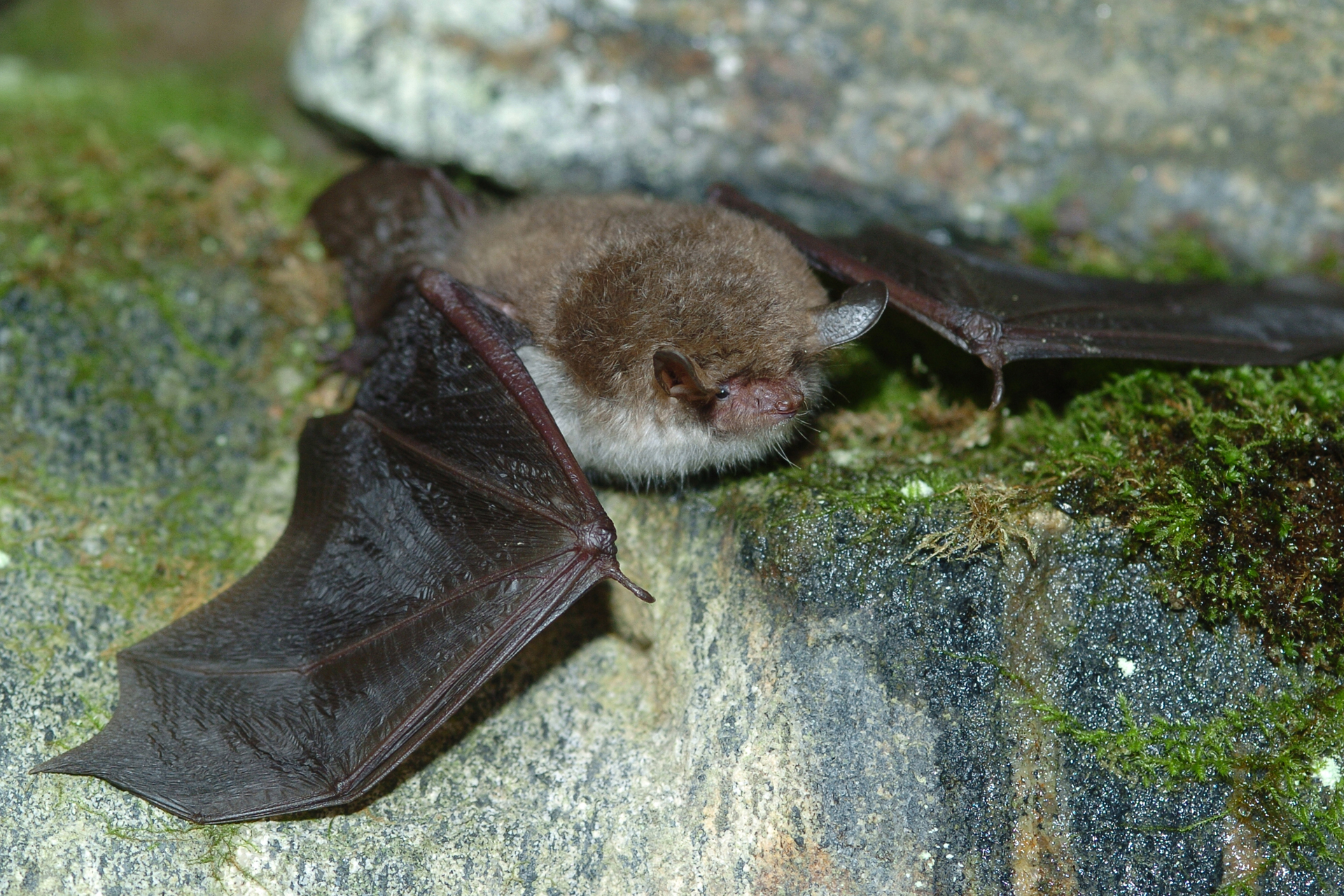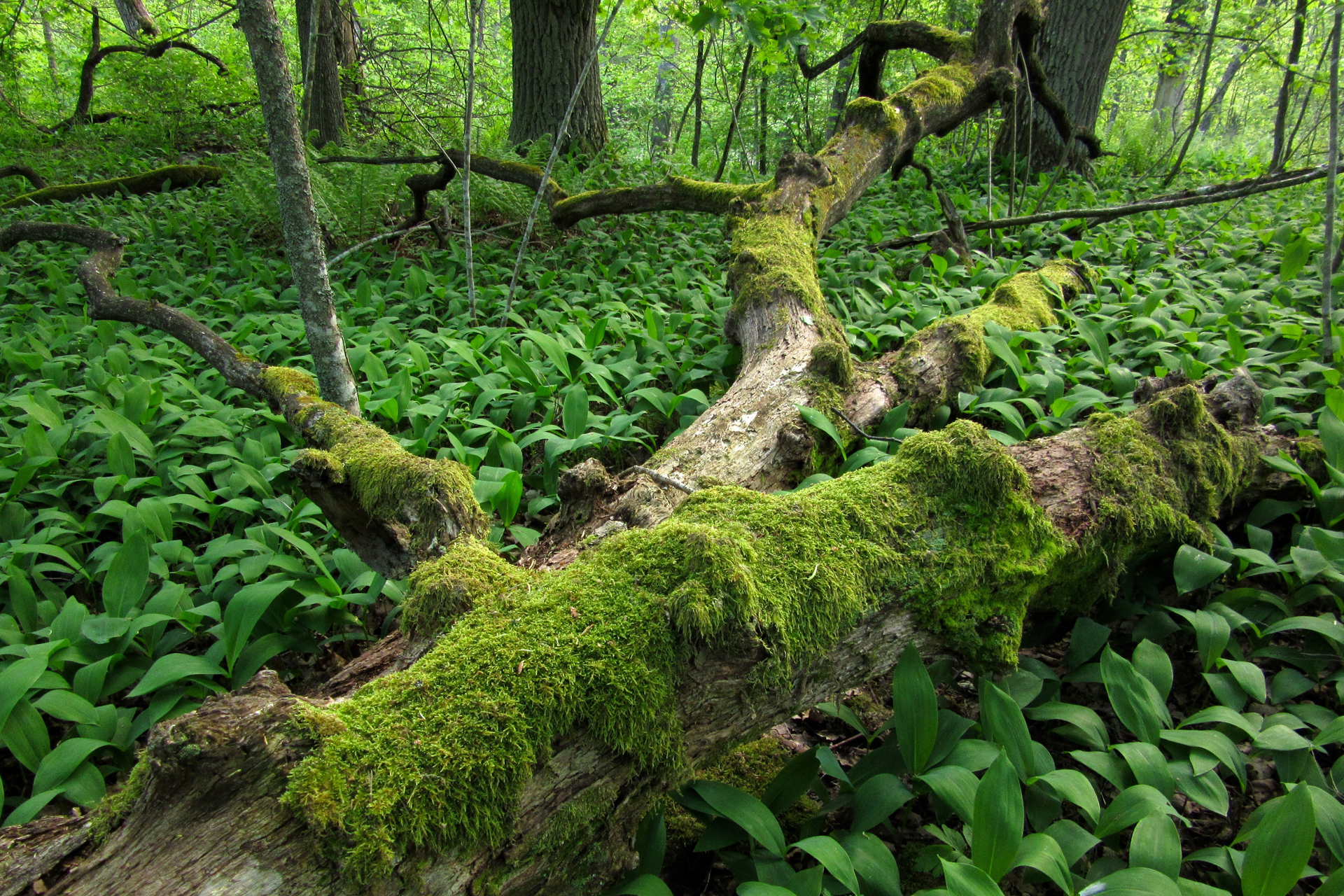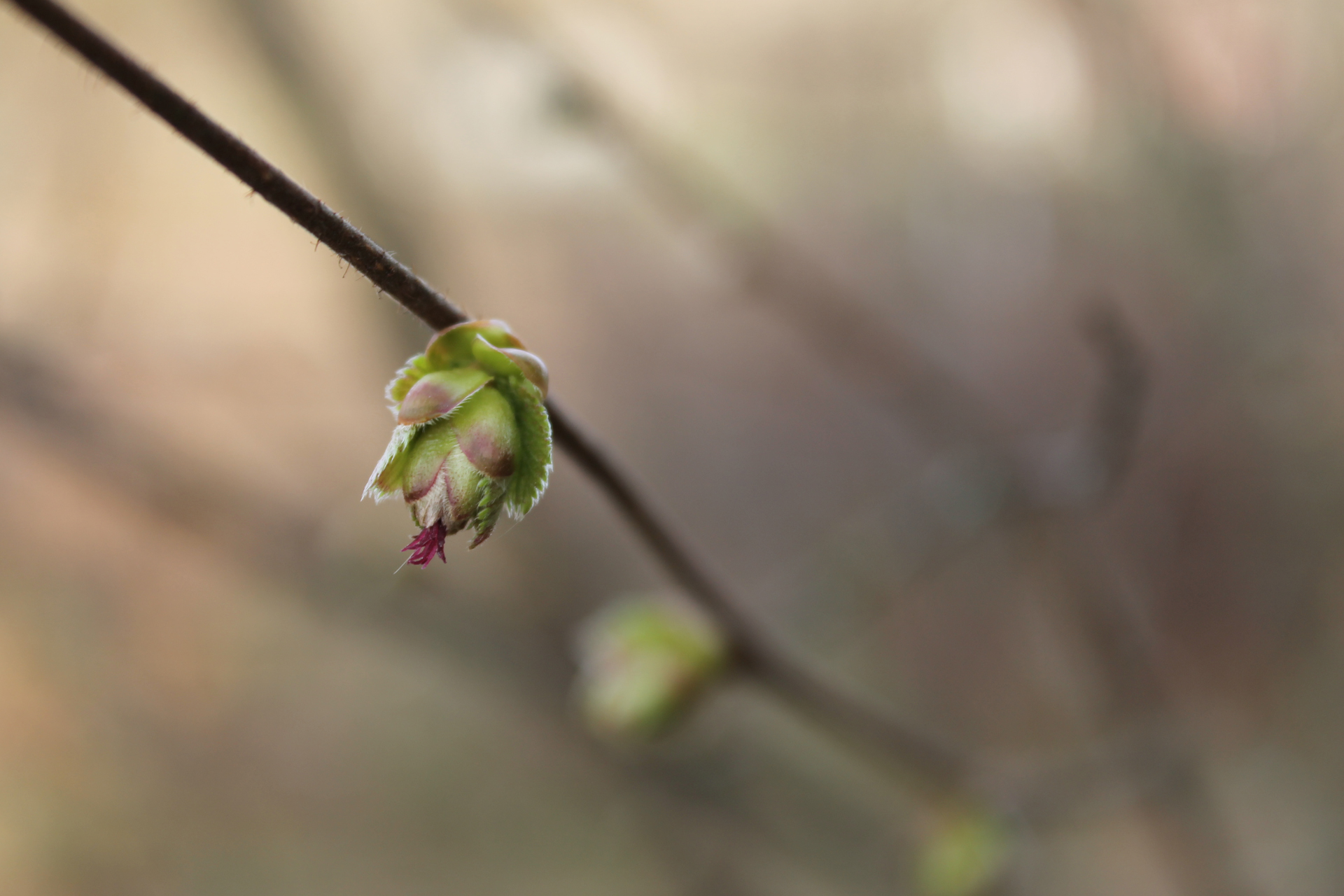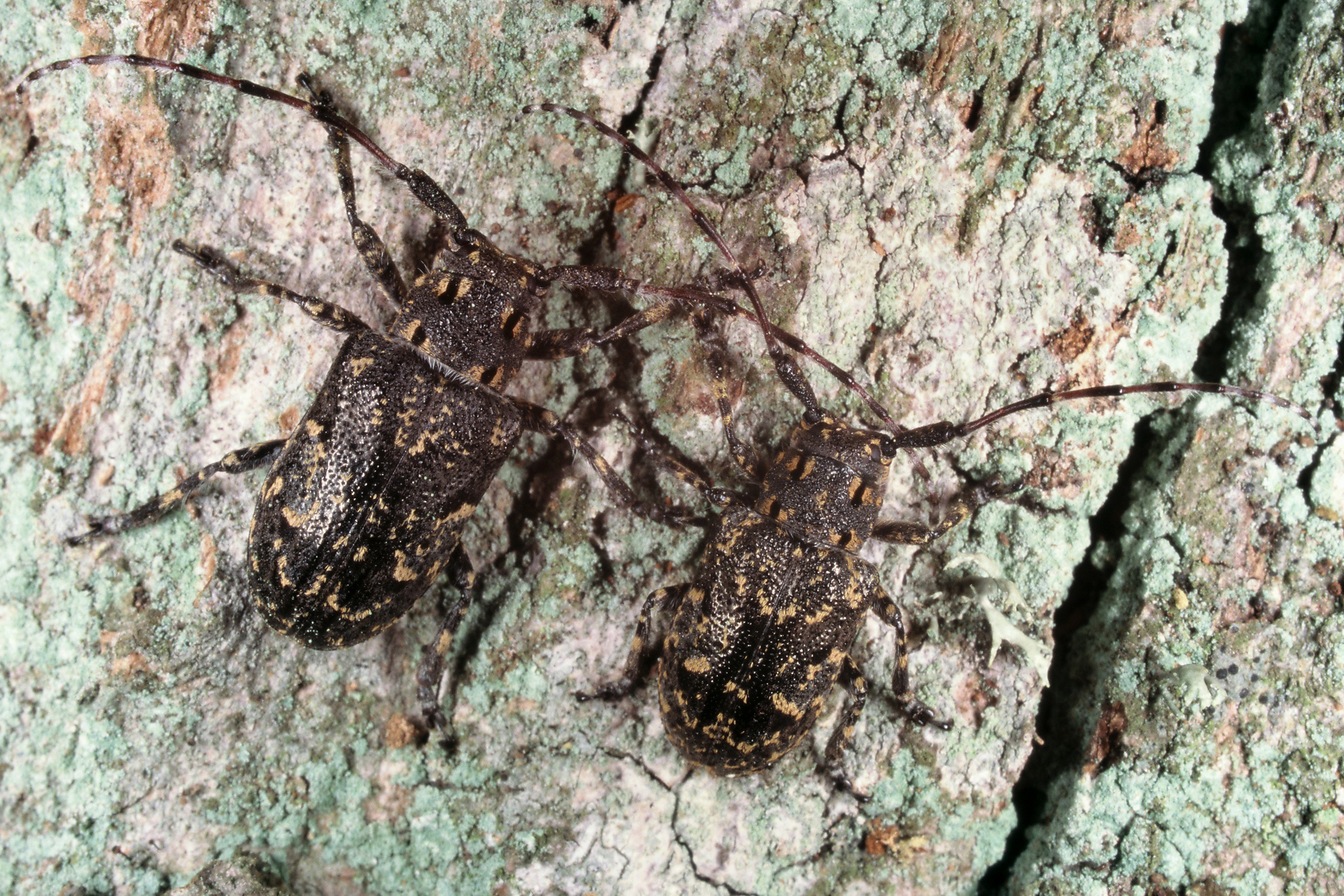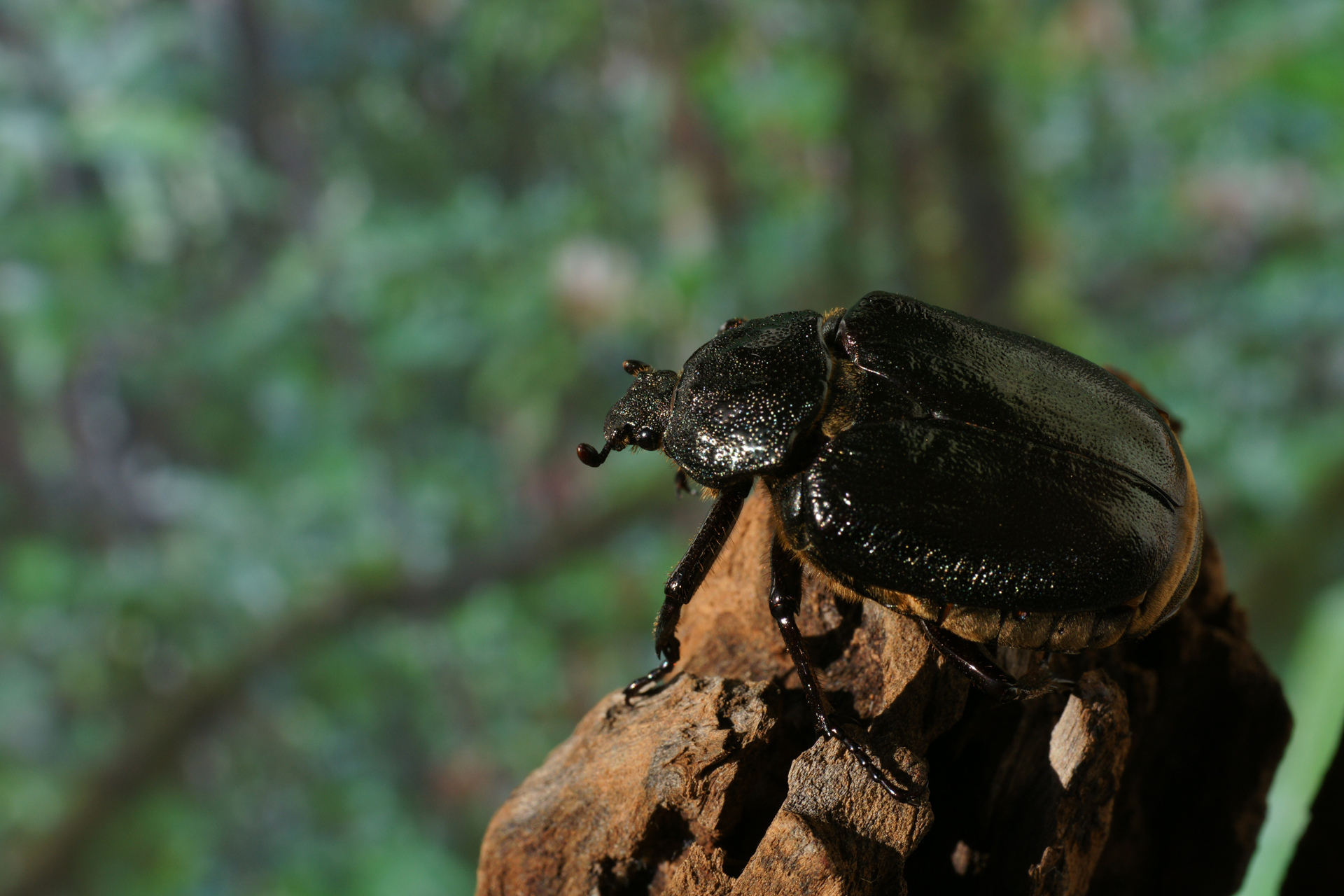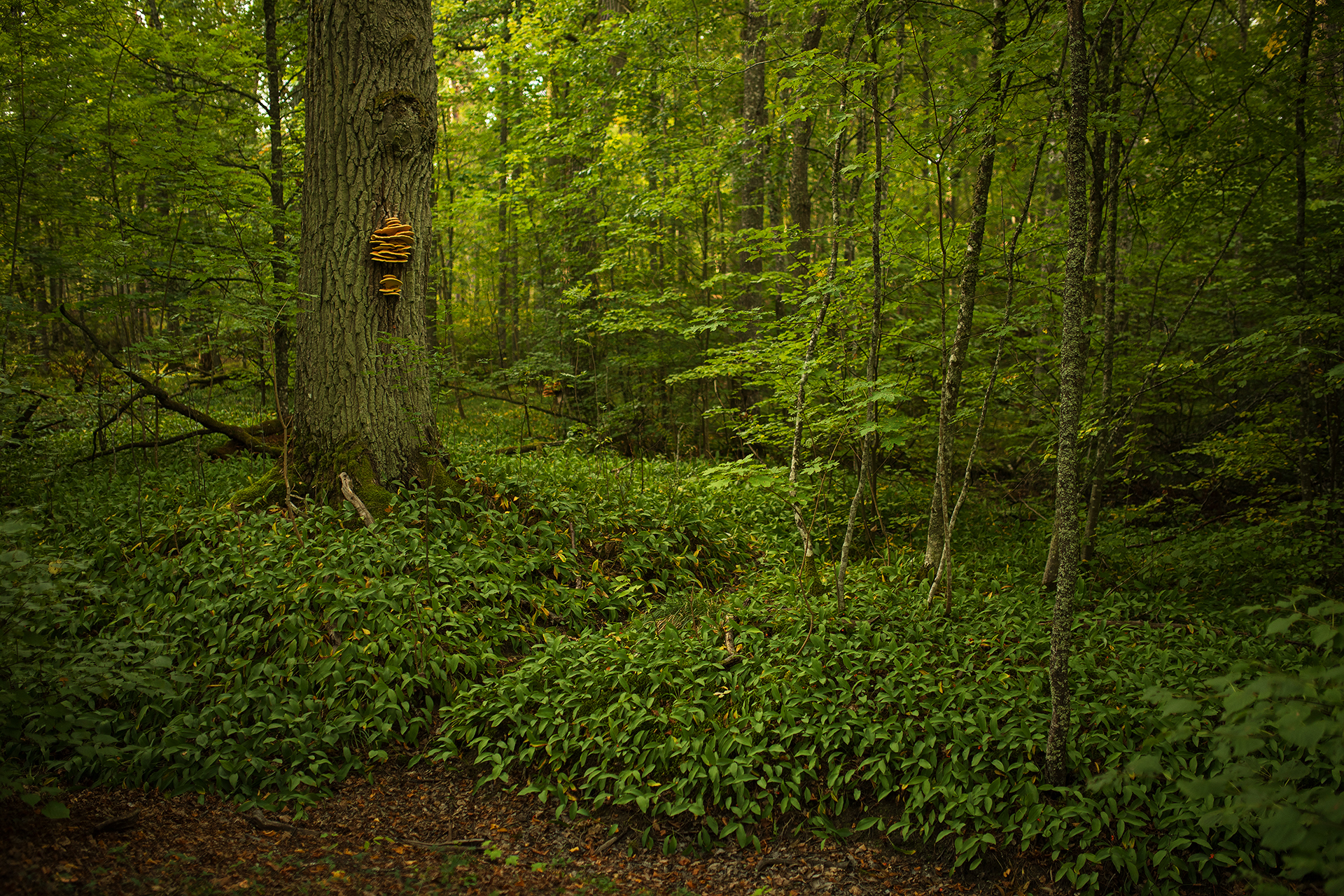The bats of Ruissalo: Family life in a breeding colony
In late May–early June, female bats gather together to form breeding colonies. The daytime hiding place of a breeding colony is located somewhere warm, such as the attic of a house, a tree hollow or a birdhouse. The same individuals use the same places year after year. Male bats are believed to spend the summer alone or in small groups, but some, such as male Daubenton’s bats, also stay with breeding females.
On Ruissalo, baby bats are born after Midsummer, with some species waiting until July before giving birth. A female bat takes thorough care of its young, even interrupting its nightly feeding flights to come by and feed and warm up its offspring. Baby bats develop quickly and can fly within just a few weeks of being born. In late July–early August, they start accompanying their mothers on hunting flights. After the young learn to fly, breeding colonies usually break up, at least in the case of northern bats, with the bats relocating to new daytime hiding places.
Ruissalo’s bright summer nights offer excellent opportunities for bat-spotting against the light night sky. To add another dimension to bat watching, you can use a bat detector, a device that converts the bats’ ultrasound echolocation signals into sounds audible to the human ear. The detector makes bats easier to find, and also makes it possible to identify the species, or at least the genus, of individual bats.
Of the 13 bat species found in Finland, nine have been found on Ruissalo. The northern bat, the Daubenton’s bat, the whiskered bat, the Brandt’s bat and the brown long-eared bat are all common to varying degrees on the island. The Nathusius’s pipistrelle also breeds on Ruissalo nowadays, but the common noctule and common pipistrelle are rare visitors to the island. However, the star of the bats of Ruissalo is the rare and endangered Natterer’s bat, which in Finland is regularly found pretty much only in Turku.
